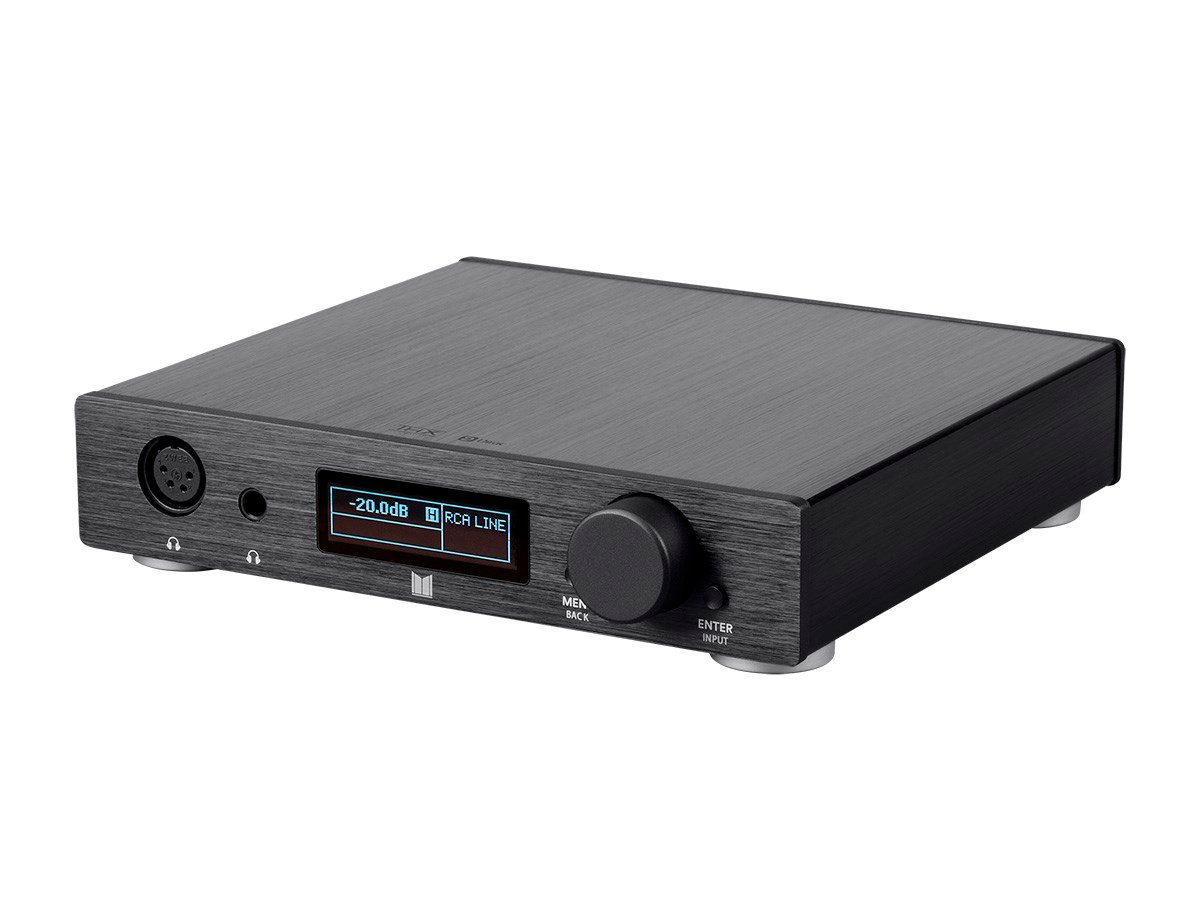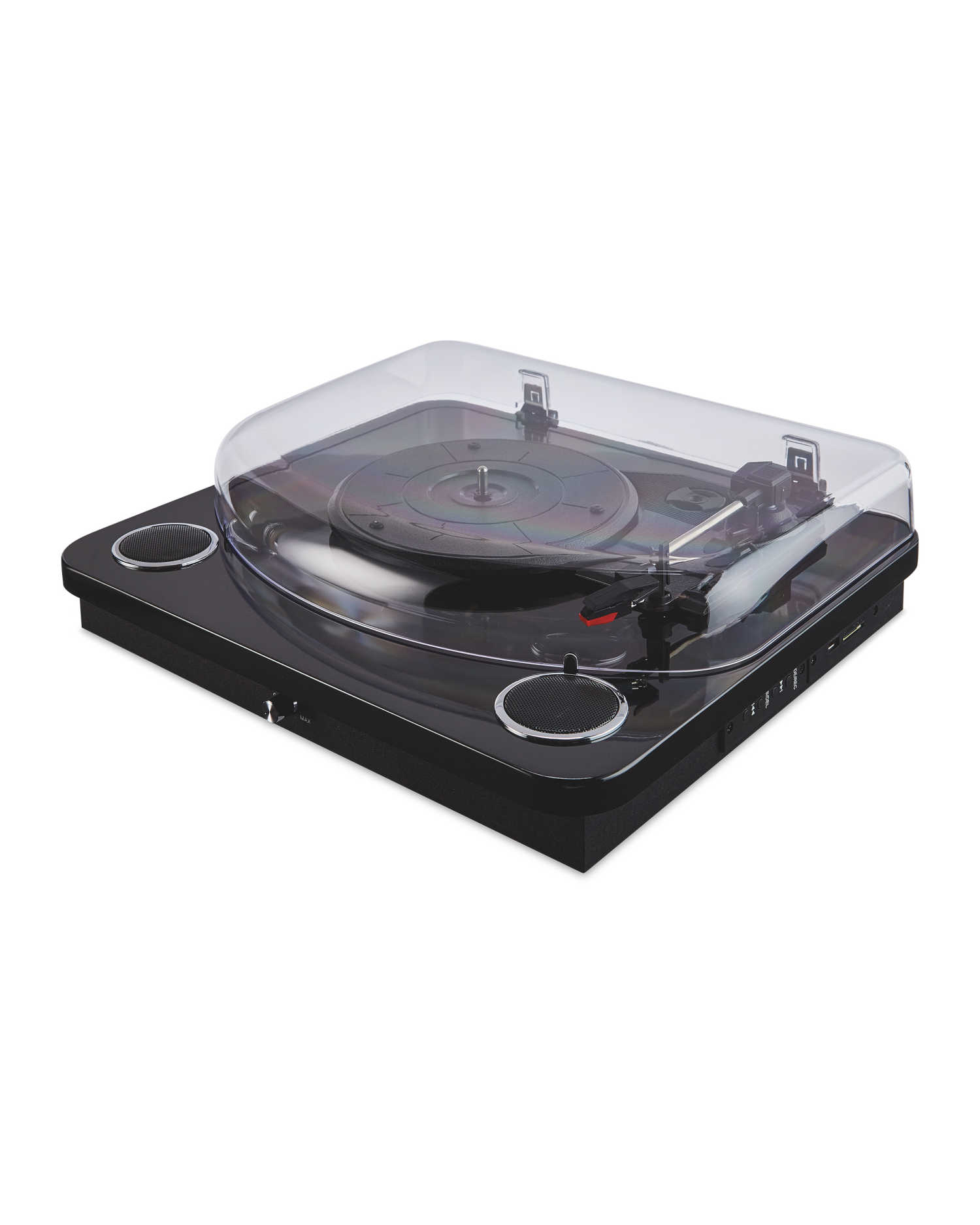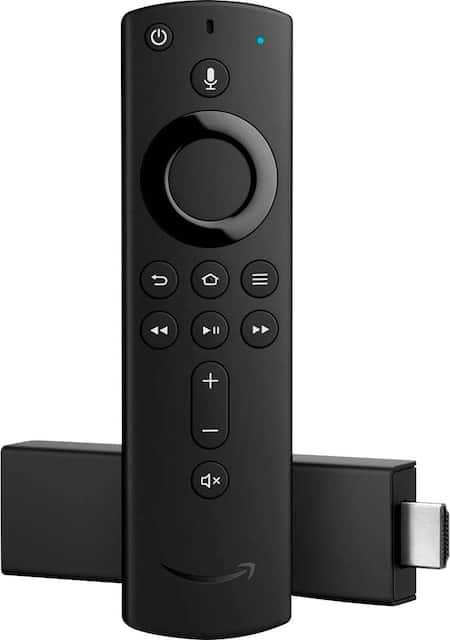Monolith by Monoprice Desktop Balanced Headphone Amplifier and DAC with THX AAA Technology (Dual AKM 4493 DACs & Dual AAA-788 Modules)
The Monolith™ THX® Desktop Headphone Amplifier and DAC features cutting edge technology to bring out the best in your headphones, playback device, and music library.
The Monolith™ THX® Desktop Headphone Amplifier and DAC features cutting edge technology to bring out the best in your headphones, playback device, and music library. Featuring dual THX AAA™ 788 amplifier modules for best in class amplification, an AKM® 4493 DAC for an exceptionally musical experience, and Dirac Sensaround® II decoding for an out‑of‑your‑head, larger than life soundstage, the Monolith amplifier is engineered for the finest in music reproduction. A host of inputs and outputs, including balanced, unbalanced, and digital, ensures that you have plenty of ways to connect your audio devices.
Additional information
| Dimensions | 8.7" x 7.8" x 2.0" |
|---|






by Lesley
I have really loved my amp. It sounds great and buttons and dial are excellent. Superior build quality really sets it apart. I would only wish it was running with a USB-C input on the back. Wondering why it was discontinued within a week or two of me receiving the unit. Is there a replacement on it?s way and can I switch it out or upgrade somehow? Thank You
by Lino
Sounds really good very linear and clear doesn’t add anything to the music gives the sound really natural.
by Anthony
A really great device. Definitely recommended for anyone looking for a balanced XLR amp/Dac combo.
by James
Easy set up. This device took my system to a whole new level. It replaced my monoprice USB dac that I had. What a difference. Money very well spent. Build quality feels great. Very pleased with the purchase. Thanks monoprice!
by David
I really like this product. I run It balanced with my focal clear headphones and it sounds incredible but especially so at this price. I bought this device for the added bonuses of being able to mess with eq and the Dirac tho I have to admit I?ve barely touched these controls as the generic sound sounds so good.
by Bart
Very pleased with this purchase. I would suggest you watch the review by Joshua Valour on YouTube if you’re still not convinced.
by Nikolas
Just bought this amplifier and its amazing. I use it everyday for gaming and music and it just works. its easy to config and setup and the shipping is crazy fast. very satisfied, thumbs up.
by Daniel
I freaking love this thing. Clean af sound and doesn’t get hot. Actually don’t have anything negative to say other than where the controls are placed but you get used to it. Or maybe kinda sucks you cant switch quickly between line out and headphones, you have to go through the menu to do it. Anyway, watch Zeos review on YouTube. he’s 100% correct. Go buy now.
by Manuel
With this DAC/AMP you could eliminate all the downsides of your HD800S. Great product.